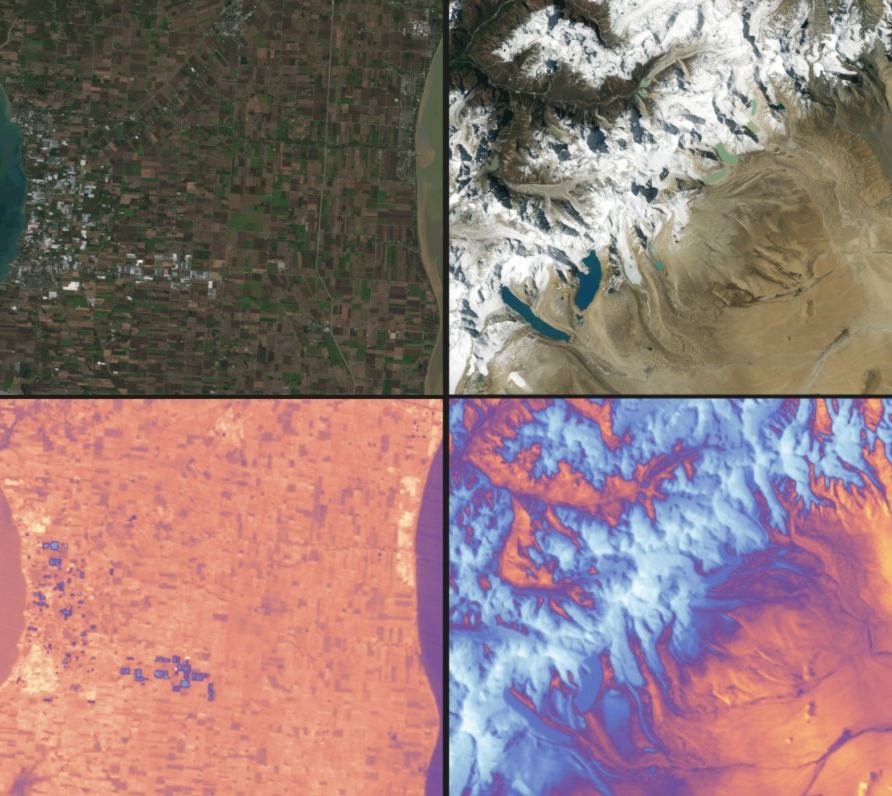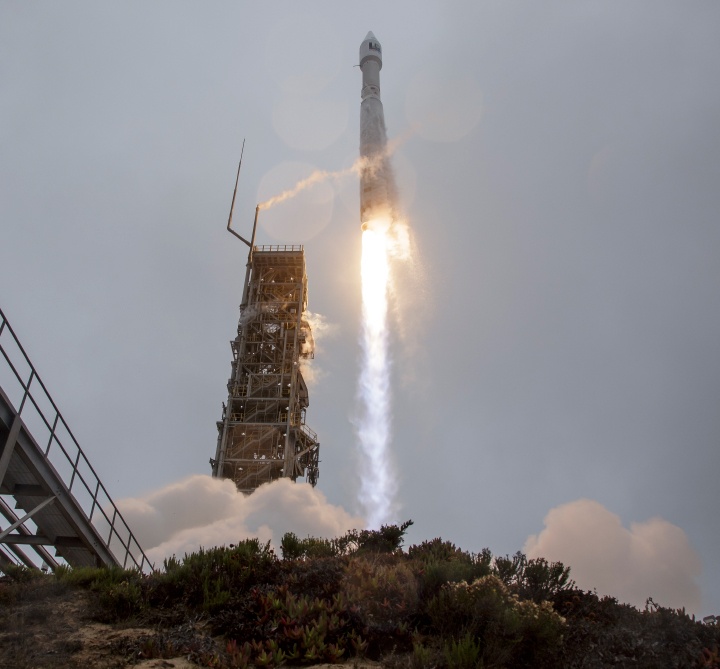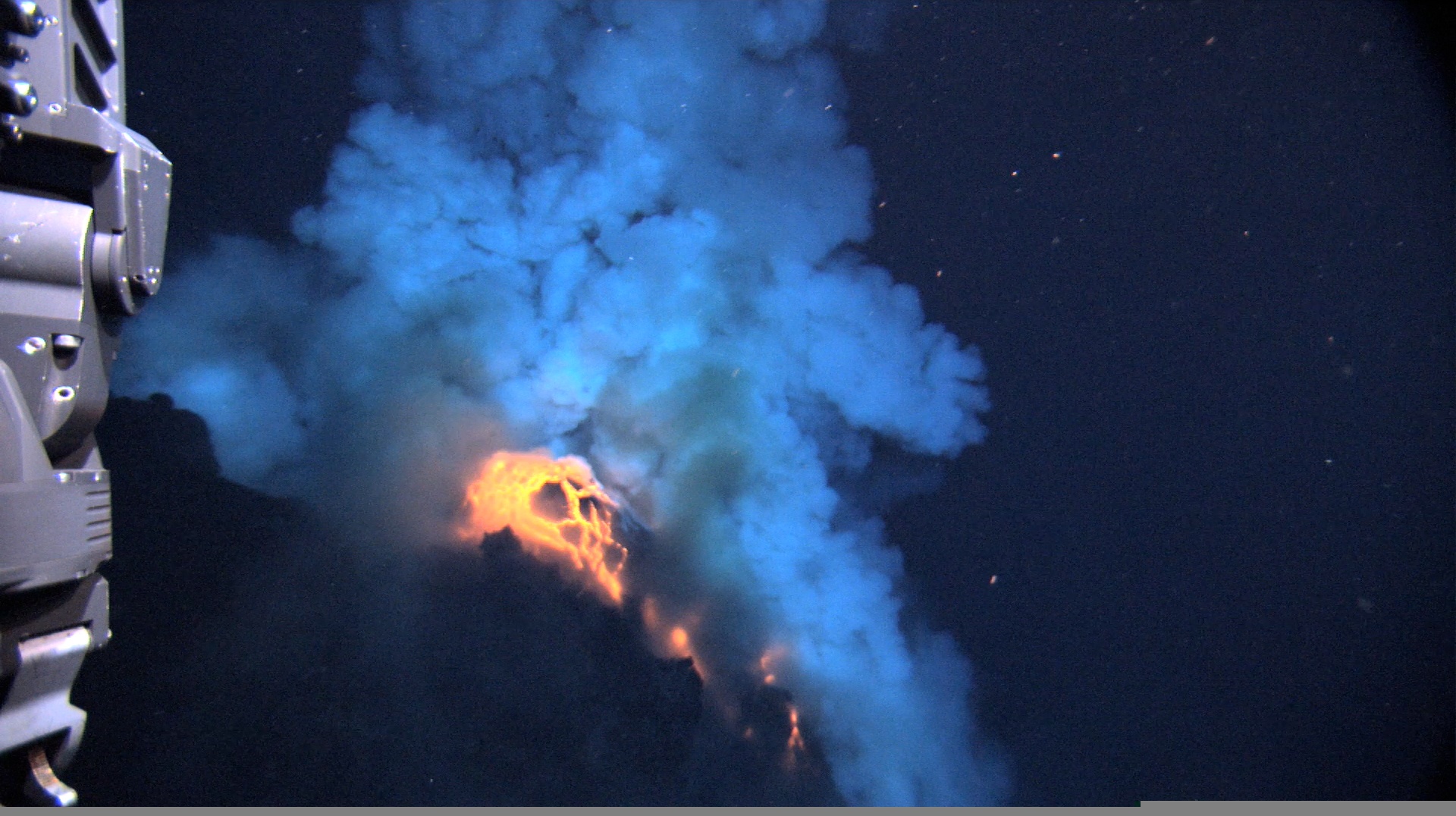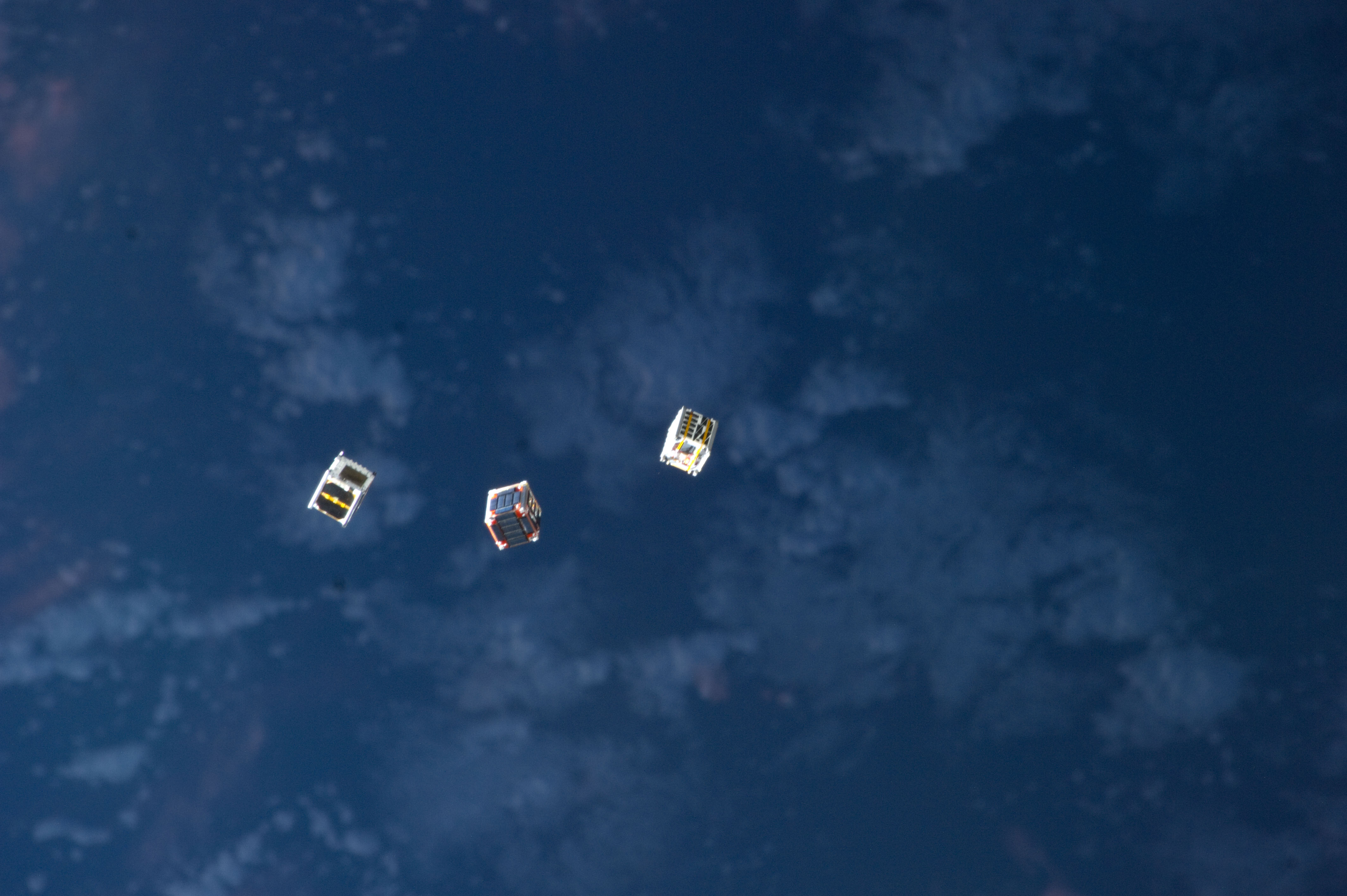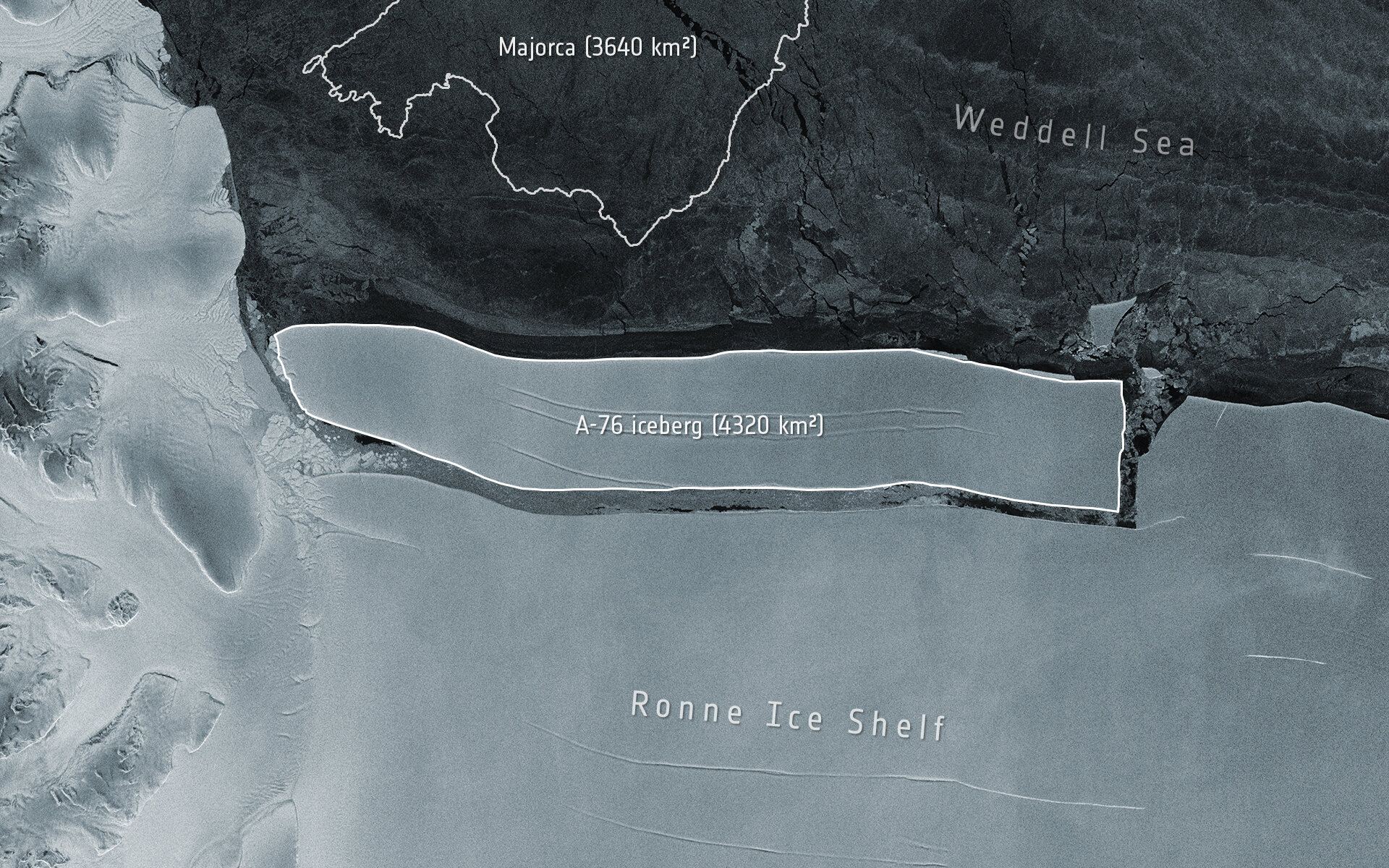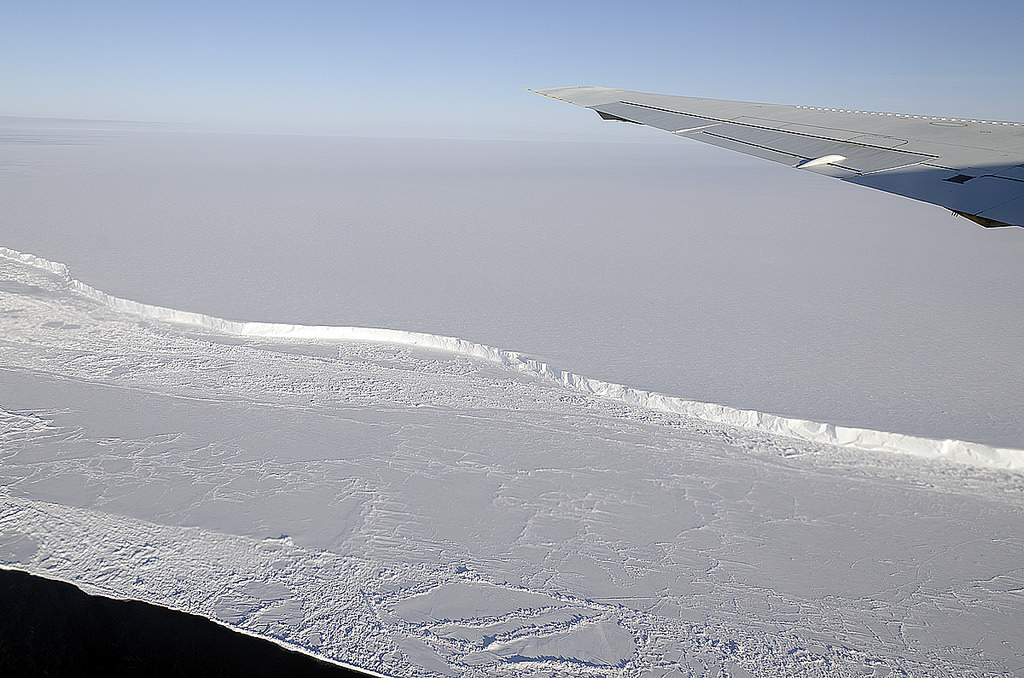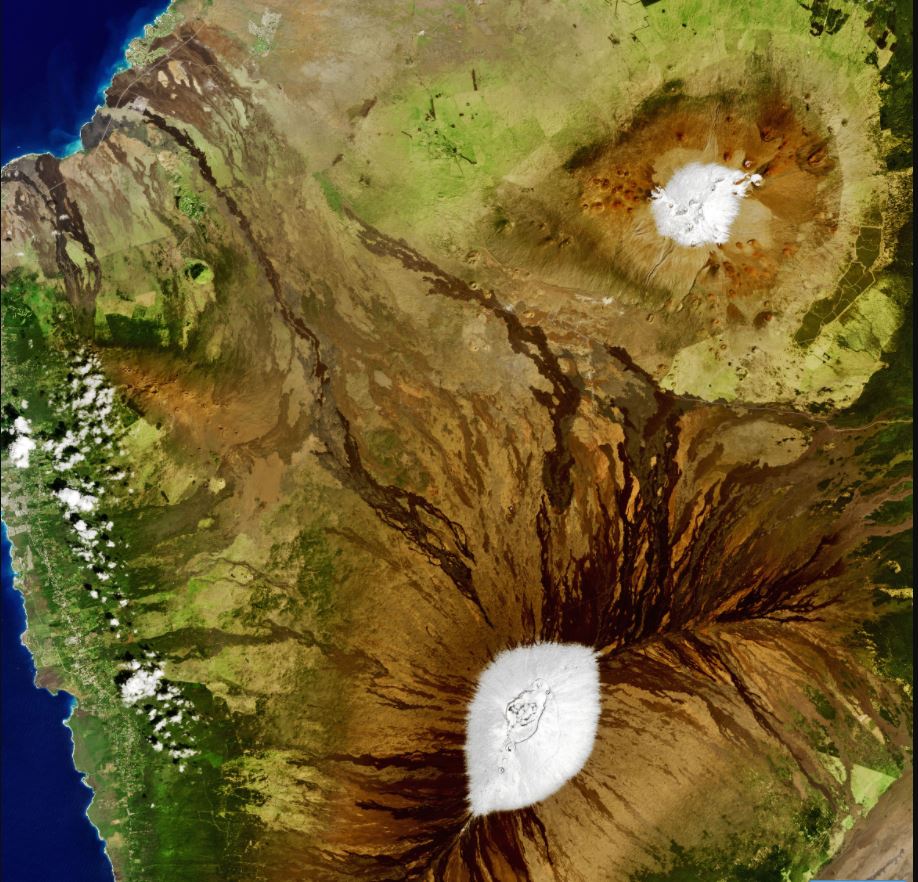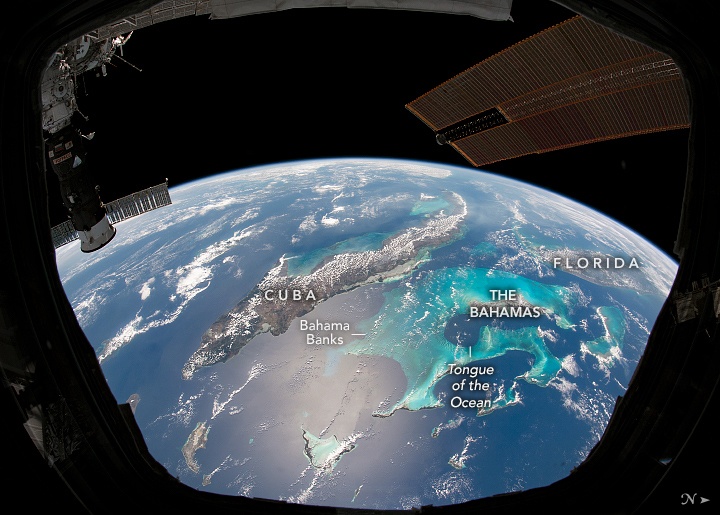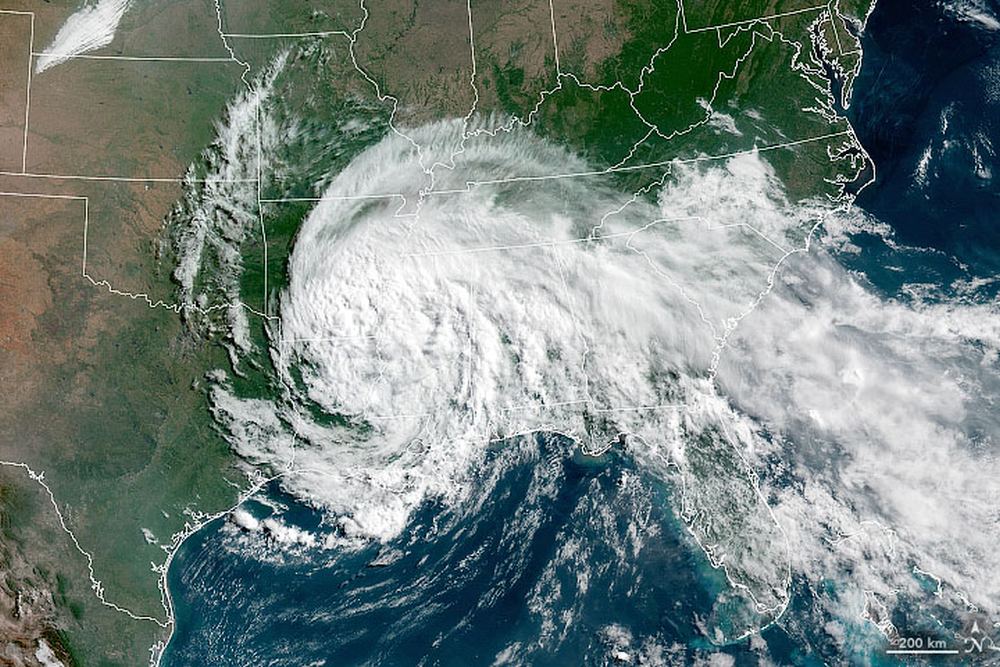The latest satellite in the Landsat family of Earth observation spacecraft has collected its “first light” images of our planet. Landsat 9 launched on September 27, 2021 and it continues the nearly 50-year tradition of making critical observations to help with energy and water management, forest monitoring, human and environmental health, urban planning, disaster recovery and agriculture.
Continue reading “Landsat 9’s First Images are Here”Landsat 9’s First Images are Here
